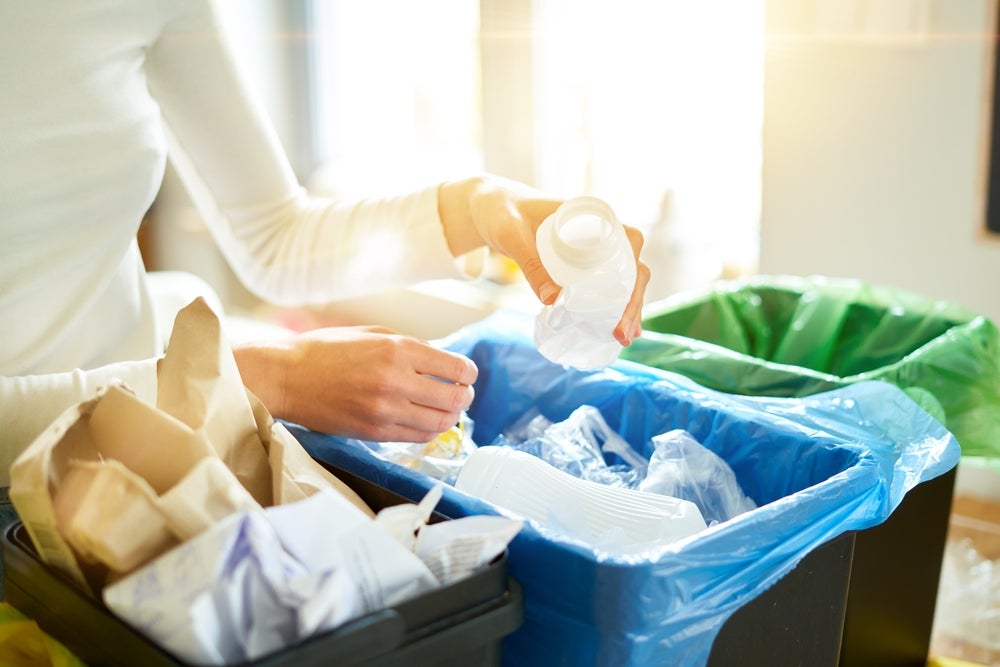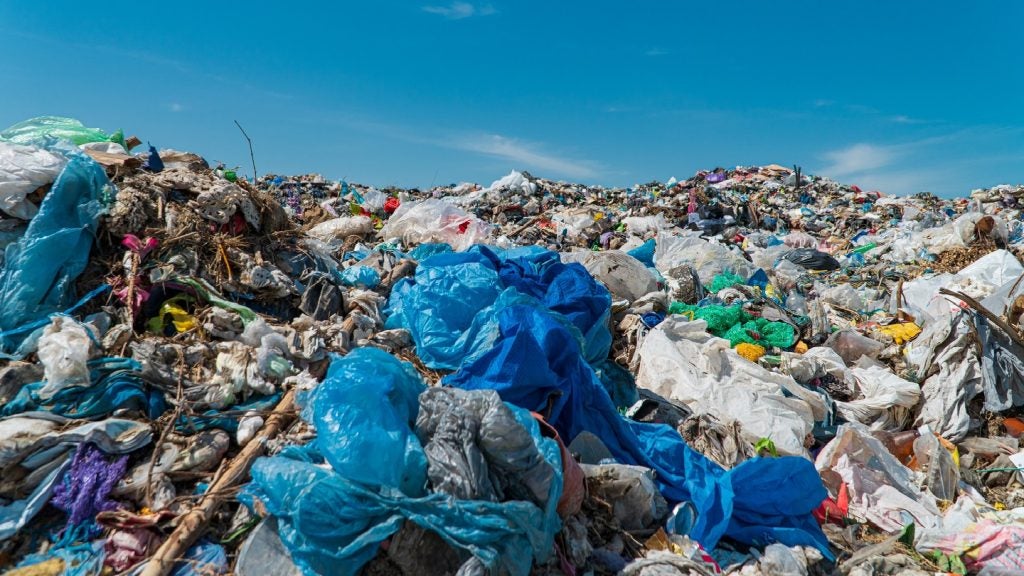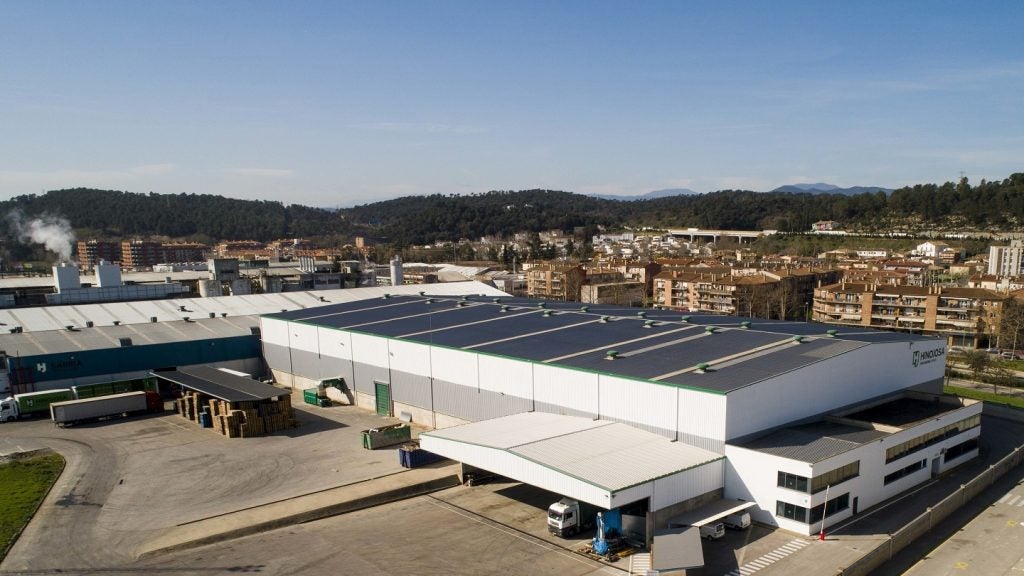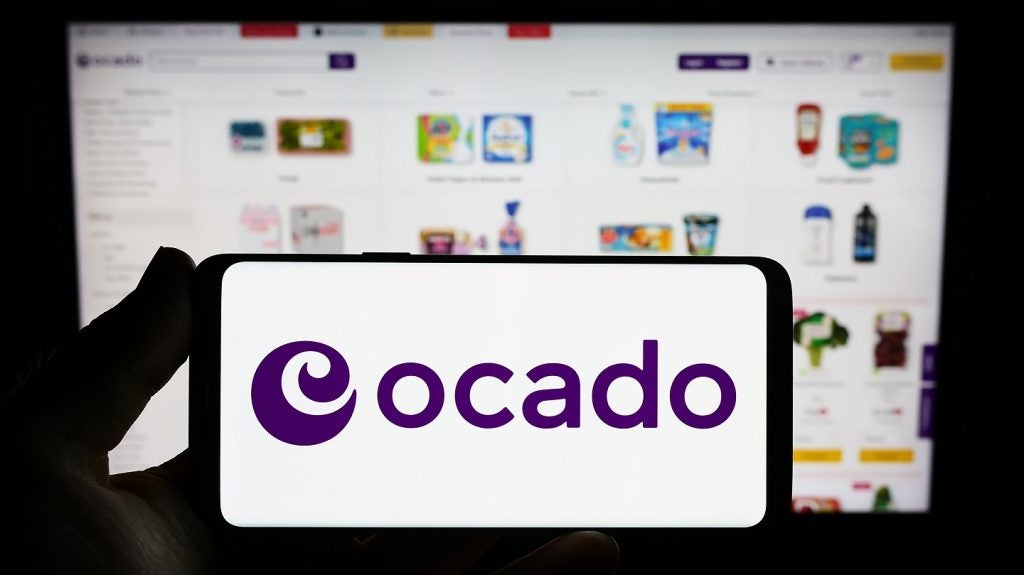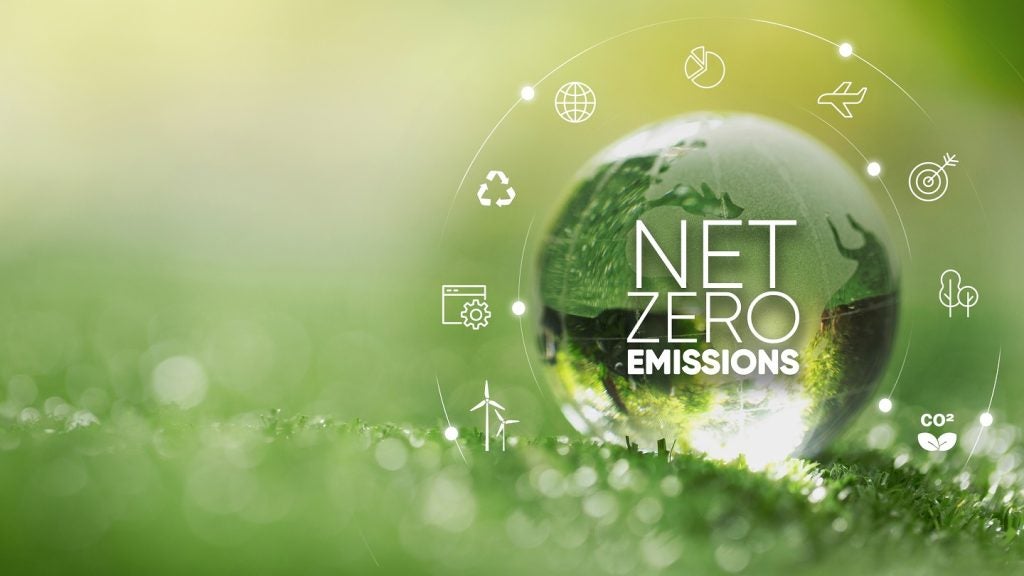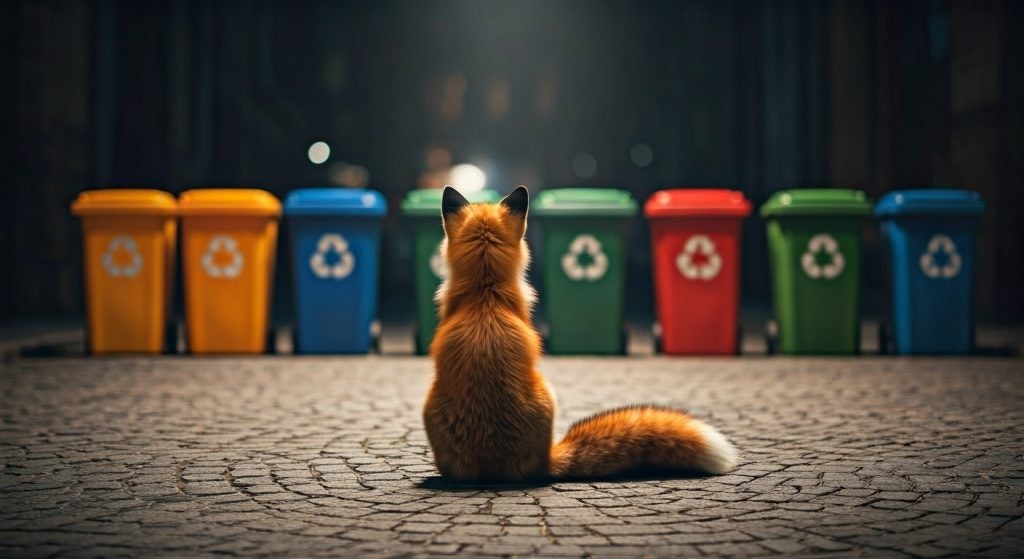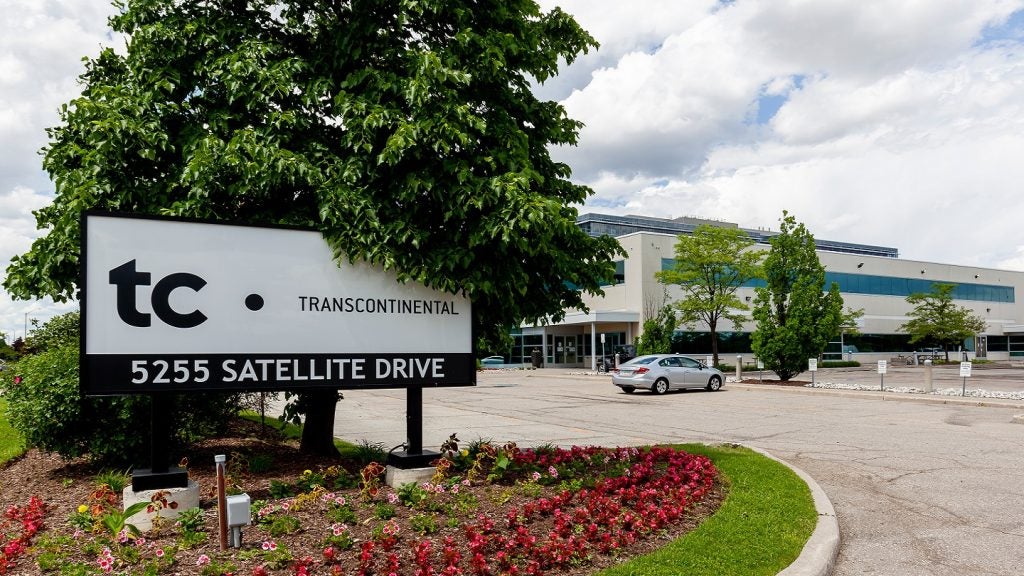The growing concern over packaging waste has prompted significant changes in how industries manage and regulate their waste. As consumer awareness around sustainability rises, packaging waste management is evolving to keep up with demand and regulatory expectations.
Here, we explore the latest updates and trends in packaging waste management, ensuring your business remains compliant and sustainable.
1. New regulations and compliance requirements
Recent years have seen governments worldwide tightening regulations on packaging waste to promote sustainability. In the UK, the introduction of the Extended Producer Responsibility (EPR) scheme is a pivotal update.
This regulation requires producers to take greater responsibility for the entire lifecycle of their packaging, including the cost of recycling and disposal.
Under EPR, businesses must report on the type and quantity of packaging they introduce into the market, ensuring transparency and accountability.
Meanwhile, the Plastic Packaging Tax, implemented in April 2022, continues to impact businesses using plastic packaging. The tax applies to packaging containing less than 30% recycled plastic, pushing companies to rethink their packaging materials and strategies.
Staying informed on these regulations and ensuring compliance will be crucial for businesses looking to avoid penalties and maintain a positive brand image.
2. Technological innovations in waste management
Technological advancements are playing a significant role in revolutionising packaging waste management. Smart waste tracking systems, powered by the Internet of Things (IoT), are helping businesses monitor waste generation and disposal more effectively.
These systems provide real-time data on waste levels, enabling companies to optimise their waste management processes and reduce overall waste.
Another innovative solution is the use of AI-driven sorting technology in recycling facilities. These systems can identify and sort various packaging materials with high accuracy, improving recycling efficiency and reducing contamination rates. The integration of blockchain technology is also gaining traction, offering enhanced transparency and traceability in the waste management process.
By leveraging these technologies, businesses can streamline their waste management practices and contribute to a more sustainable future.
3. Embracing circular economy practices
The circular economy model has become a driving force in packaging waste management, shifting the focus from a 'take, make, dispose' approach to a more sustainable 'reduce, reuse, recycle' mindset.
Many companies are now exploring ways to design packaging that can be easily reused or recycled, minimising waste and conserving resources.
For example, some brands are investing in refillable packaging solutions, allowing consumers to replenish their products without generating additional waste. Others are exploring biodegradable or compostable packaging options, which break down naturally and reduce the burden on landfills.
By embracing circular economy practices, businesses can not only reduce their environmental impact but also meet the growing demand for sustainable packaging solutions.
The takeaway
Packaging waste management is an ever-evolving landscape, shaped by regulatory changes, technological advancements, and the push towards a circular economy.
Businesses that stay ahead of these trends and implement sustainable waste management practices will be well-positioned for success in the long term.
By staying informed and adapting to these updates, companies can reduce their environmental footprint, comply with regulations, and meet the expectations of eco-conscious consumers.


